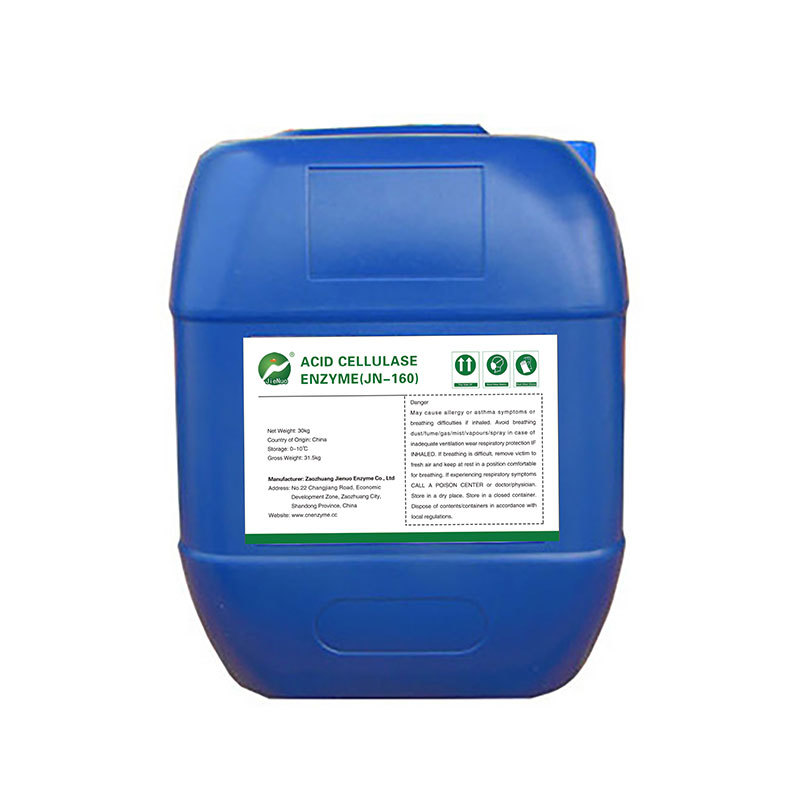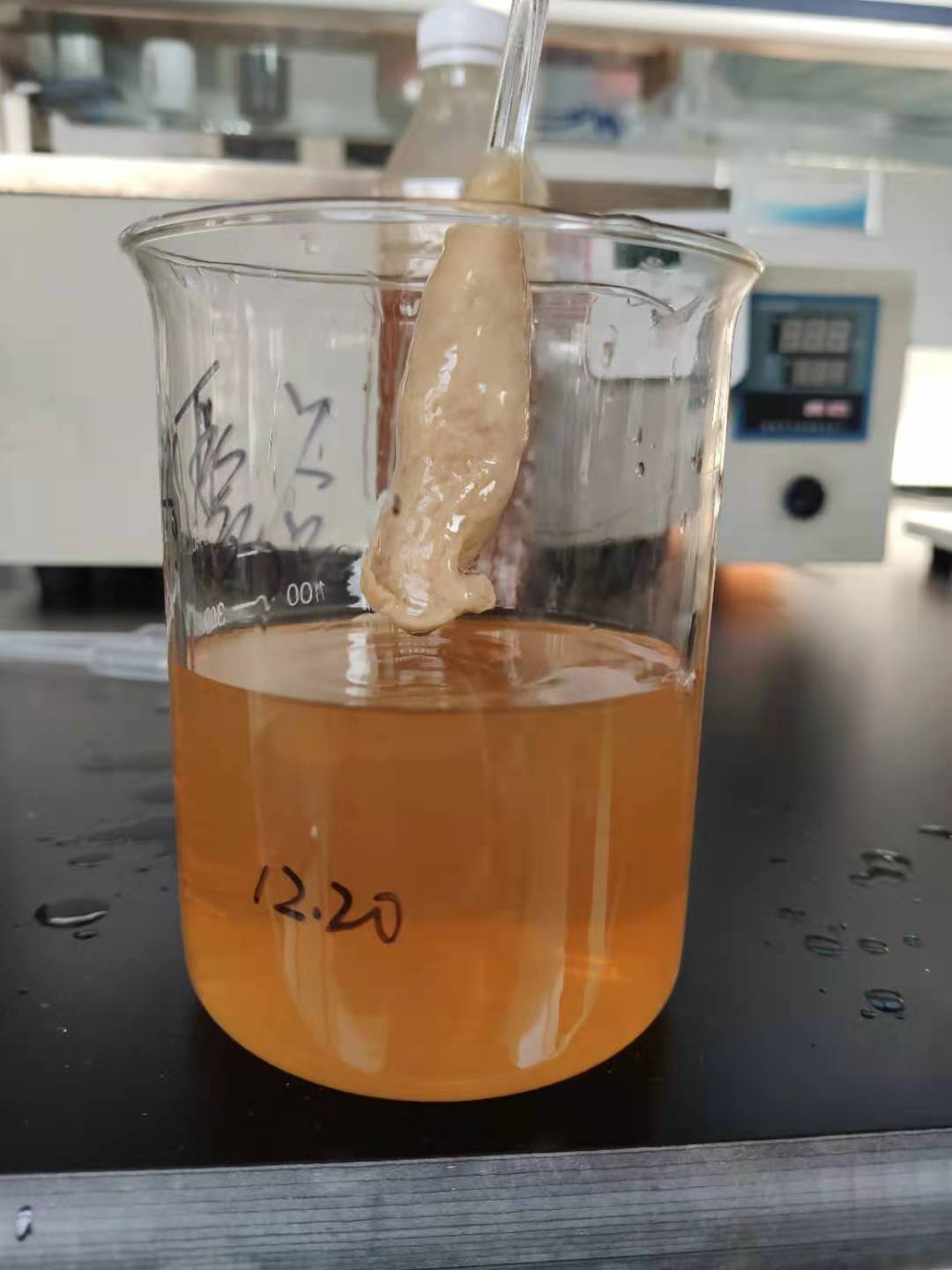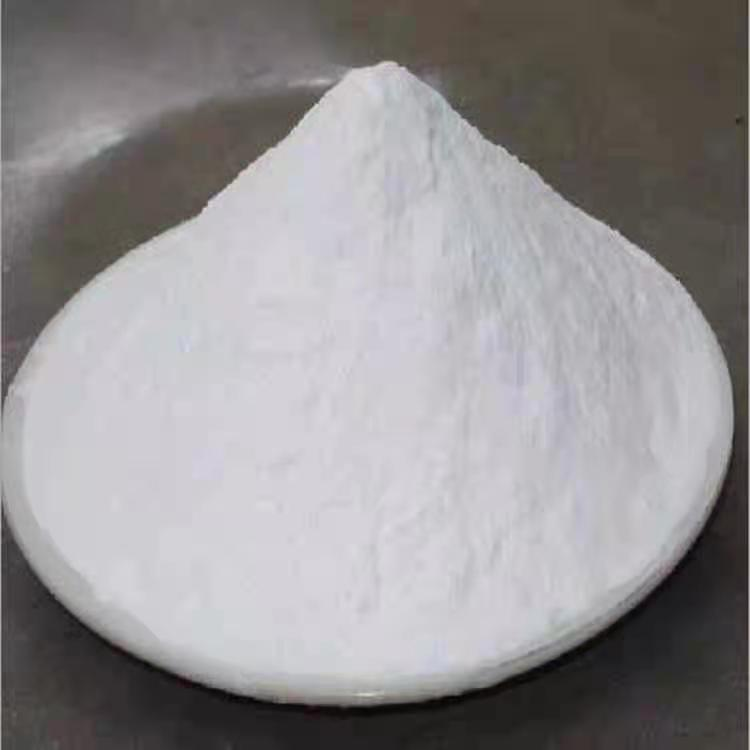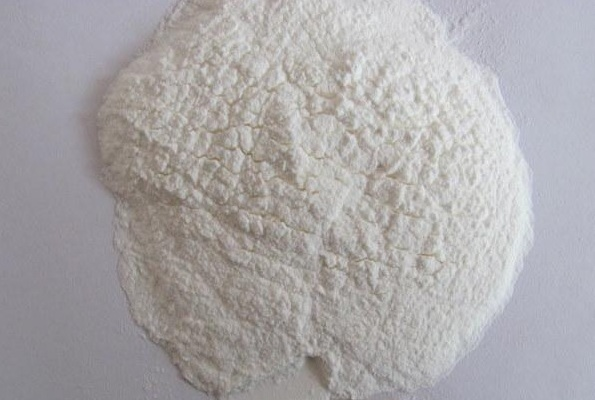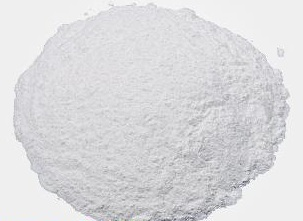Products
Contact Us
Tel: 86-632-8999262
Fax: 86-632-8999268
MP/Wechat/Whatsapp: 8613563208832
E-mail: sdjienuoanna@hotmail.com
E-mail: annajienuoenzyme@hotmail.com
E-mail: sdjienuo@163.com
Add: No.22 Chang Jiang Road, Economic Development Zone, Zaozhuang City, Shandong Province, China
Details
The acid cellulase enzyme is a liquid cellulase produced by fermentation of non-pathogenic microorganisms in liquid.
Application
It is a novel finishing process that can be used for the biological finishing of cellulose fabrics. This agent is suitable for woven or knitted fabrics.
The acid cellulase enzyme has many functions. After treatment with this agent, the fabric fluffing/pilling amount is reduced, the hand feel is softer and smoother, it has more luster and the color is more vivid.
Process conditions
Dosage…………0.5—2.0% (to the fabric weight)
Bath ratio…………5:1-20:1
Processing time…………30—90 minutes
Processing temperature…………45—55℃
PH range…………4.5—5.5
Specific process parameters can be based on experimental results.
Inactivation: The PH value can be increased to 10 by adding anhydrous sodium carbonate or the temperature can be increased to 70°C and kept for 10 minutes.
Packaging and storage: 25kg/drum or as client’s request. No less than standard enzyme activity for 6 months at room temperature.
Get a free quote
Please fill in your contact information and your needs, and we will arrange a professional to contact you!

